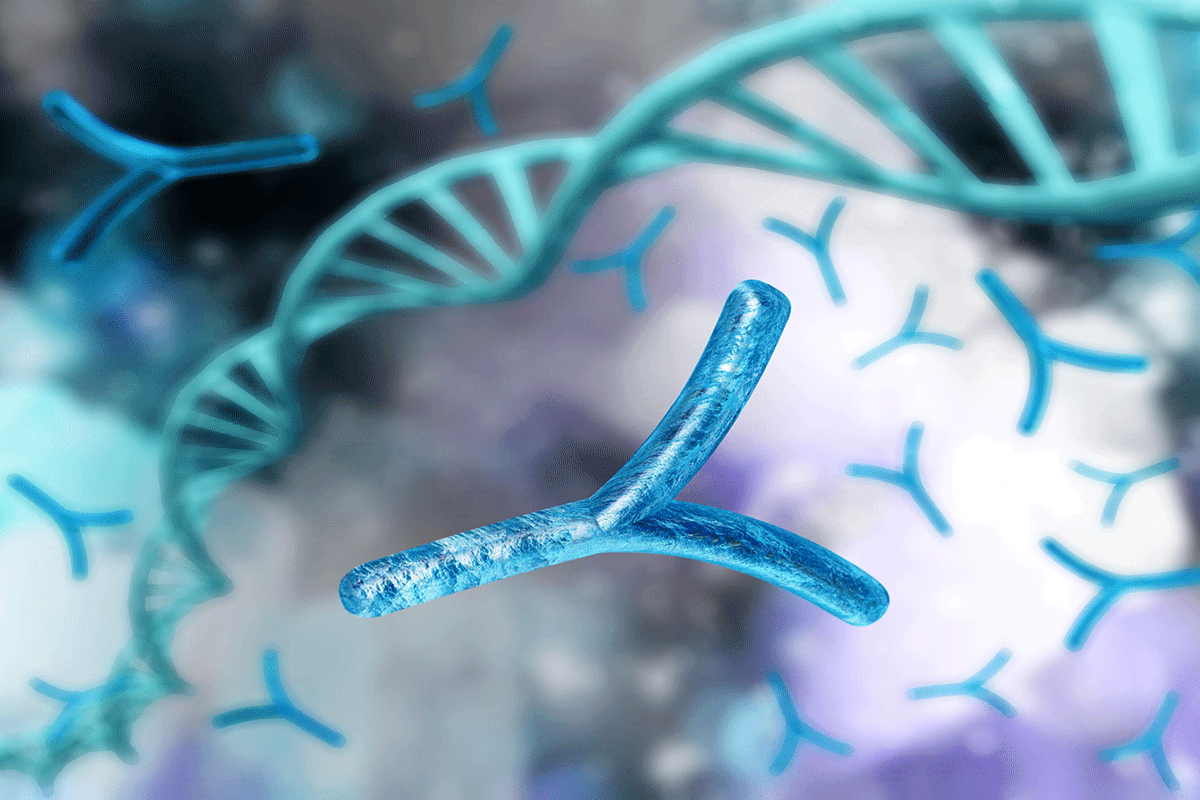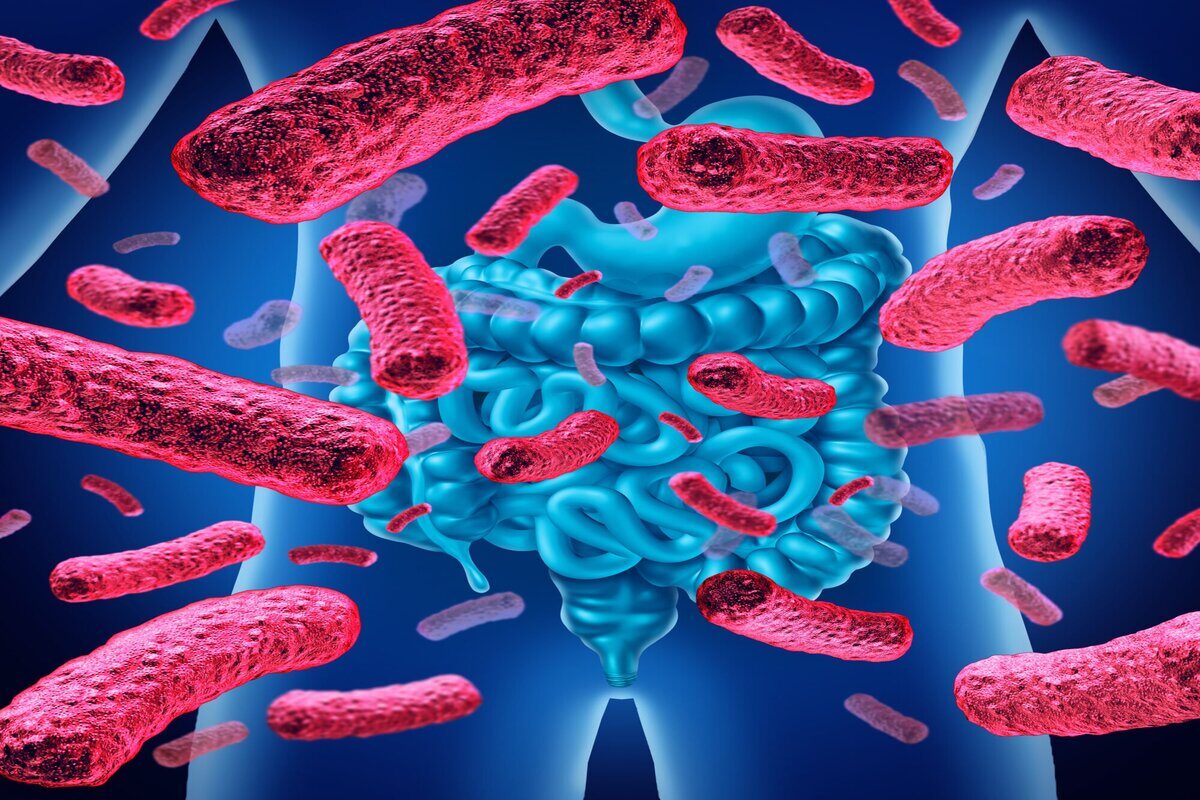An inquisitive study has suggested that lose of Y chromosomes from the blood cells of elderly men may elevate the risk of developing Alzheimer’s disease. The study of more than 3,200 European elderly men established that those who already had Alzheimer’s were nearly three times more likely to show a loss of the Y chromosome in some of their blood cells. Overall, 17 percent had a detectable loss of Y. Men missing the chromosome from around 35% of their blood cells were more likely to develop Alzheimer’s than those with loss of Y in 10% of their cells.
In accordance to a study carried out by the co-author Lars Forsberg (researcher at Uppsala University, Sweden) loss of Y has been linked to cancer risk in elderly men. Dr. Luca Giliberto (neurologist and researcher with the Feinstein Institute for Medical Research, NY) noted the loss of Y in certain autoimmune diseases which may affect Alzheimer’s risk. However, the workings of Y have not been fully understood and the reasons for the link are unclear. According to experts the study does not prove that loss of the Y chromosome directly contributes to Alzheimer’s disease. But it adds to evidence tying loss of Y to disease risk. The findings were reported online May 2016 in the American Journal of Human Genetics.





